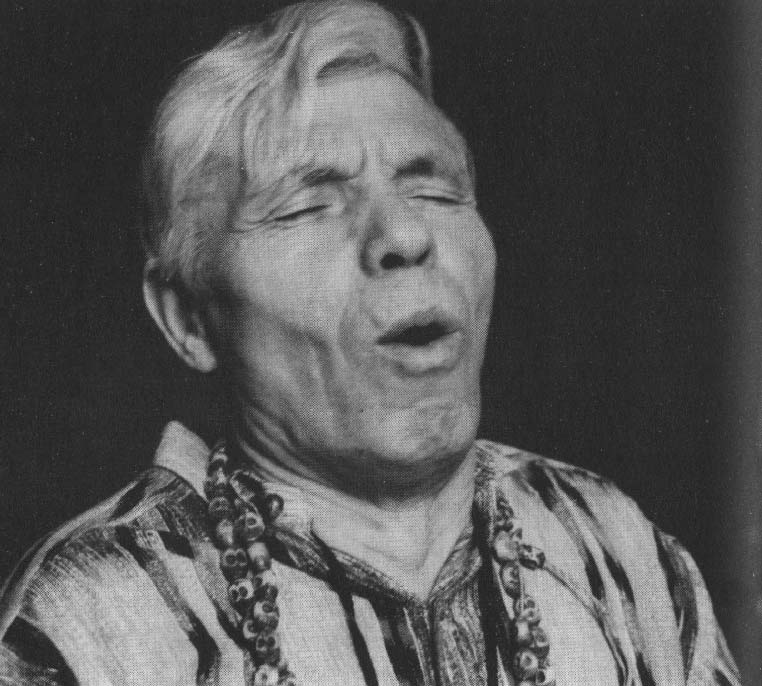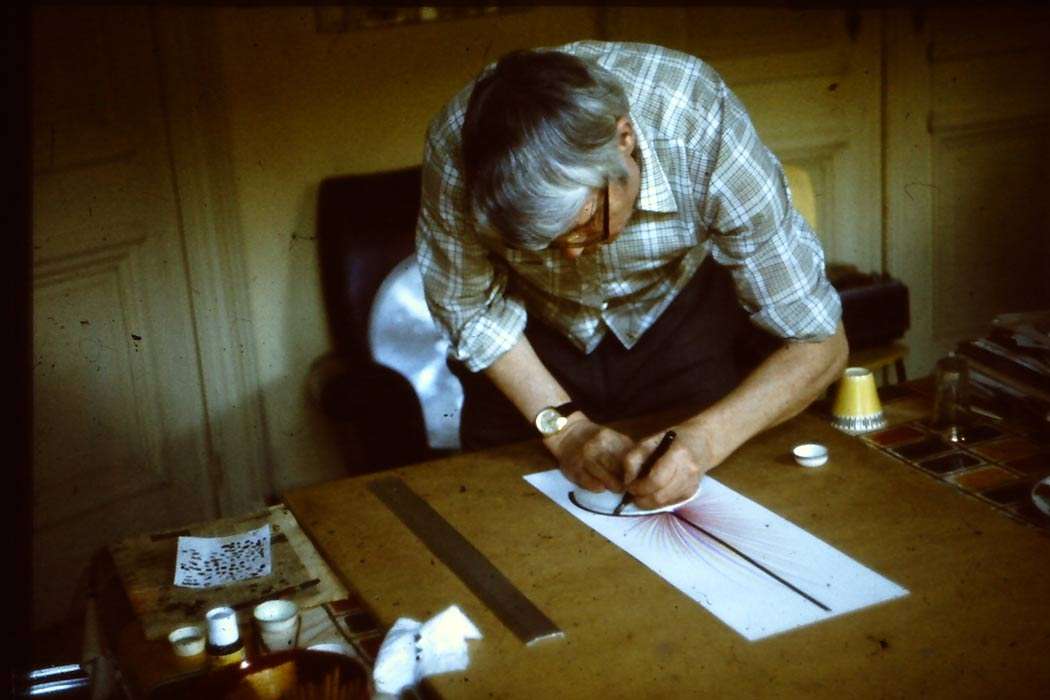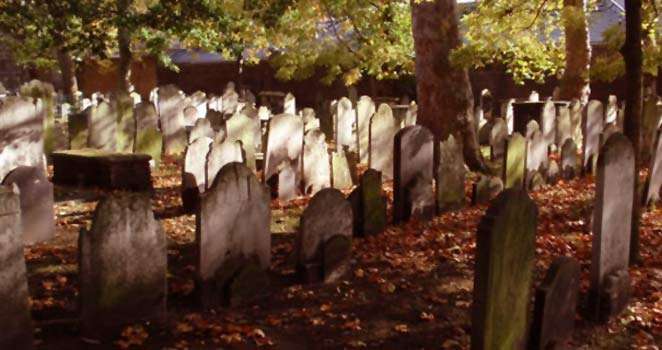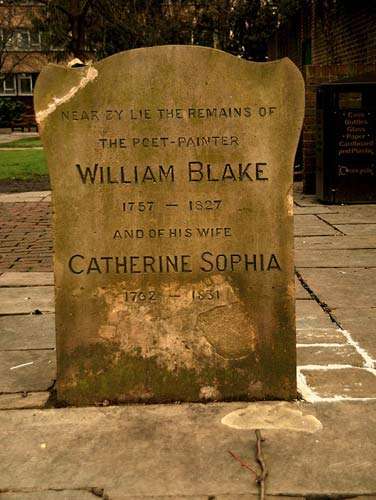
back to Biography of Joska Soos
|
5. That is the Fool that is Singing During my junior high school and after that I lived in Budapest with my father and mother, my brother and sister. Nevertheless I spent my school vacations in the countryside with my grandparents. Thus I remained in contact with Tamas Bacsi. I often think back about my experiences with him. Because of the war I arrived in the Western Europe, and having lived in Maastricht (southern Netherlands) for eight months, I went to live in Belgium in 1946. Tamas Bacsi died during the war. As I was told later, he was feeling weak, went to bed, and said that would not get out of bed again. According to his way of thinking, it meant that he wanted to die. He was feeling the approaching sickness and weakness, and did not want to bother anybody. Therefore he decided to die a couple of weeks or months earlier. It is commonplace in shamanism that shamans feel their approaching death, the end of their strength. Then they finish what they have to do, and sometimes they just leave the body. Because that is what life is for, to experience death without it being a surprise. Actually one passes on in sound, into a higher vibration, and that you can only experience in the here and now. |

|
It is important not to get into a dream state when
dying, but to remain awake, and experience the waking state of the
spirit, of the spirit which is independent of the body. The body is only
necessary to advance further and to communicate with others. |
|
I left Maastricht in 1946, and went to Belgium
because it looked easier living over there. But a little later the
socialist government came to power, and the big slogan was “to win the
mining of the coals”. The brought up the idea that all immigrants from
East Europe must work in the coal mines for five years, if not to would
be sent back. Because I didn't want to go back to Hungary because of the
Russian occupation, I signed that contract. |
|
|
In these coal mines I had special experiences of silence and darkness.
When the miners, at 1.30h, left by the 3 or 4 km long tunnel to get
to the elevator, I stayed behind and turned off my lamp. I stayed there
for an hour in total darkness, until the next shift came. It is an
extraordinary experience, because you can't see anything. The only thing
you hear is the movement of the wooden structures in the corridors, tak,
tak, tak... You smell the odor and you are feeling vibrations that shift
your consciousness.
There, I was able to distinguish for the first time three kinds of vibrations: the vibrations that come from above, those who come from below, and a third one that moved through the corridors. I was feeling the fine vibration of the air, and of this was warm or less warm. That was quite an experience for me.
|
|
At that time, I also had the first experience of a light being. Suddenly the image came up of Christ as he said: “I am the resurrection, the life.” It was so suddenly, that I became afraid, and for weeks I didn't dare to stay behind, but I went with the other workers up to the surface. After that, I continued. It was quite an exceptional opportunity to work on my spiritual development in these circumstances.
I also realized why certain people retreat into caves
for a short or long time. In these places one has such super-sensual,
supernatural experiences, or rather non-ordinary experiences. I
understood that supernatural perception does not exist. It is actually a
higher level of perception, a kind of 'feeling'. That guarded me against
the wrong kind of mysticism. I stayed sober, a kind of spiritual
materialist, or a material spiritualist. I experience the spirit as a
level of vibration anywhere, also in matter. |
|
|
When I was working
in the coal mines, I met a painter who was also professor at the
academy. His name was Marcel Delmotte. I was drawing the totem figures I
remembered from the protestant graves, and later the Christ image as
light being from the coal mines. I also began to experience the sounds
as graphic forms, a kind of rune writing, but then of the sound which is
in it in the literal sense.
|
|
From that time period dates my first exposition
in Galerie du Parc in Charleroi (1950). Since then I had regular
expositions. At that time I was still working in the coal mines, and
later in the steel industry. When I had the time, I went to Delmotte to
paint. One day he said: “I have here a couple of students who have great
talent to become a portrait painter or landscape painter. But you have
such nice memories of your youth, you have to paint these!” |
|
I lived in Charleroi from 1956 to 1965, and then I moved to Brussels.
In Brussels I occupied myself only with painting.
My wife actually wanted that. She was making enough money as a
translator in English, French and Spanish. She said: “Continue what you
are doing.” Of course, she hoped that my work would become famous, and
that I would be able to earn money with it. I had regular expositions,
and in 1970 they made a color film of thirty minutes of my paintings.
But to become famous, other things are needed. Talent by itself is not
sufficient. In any case, what I earned from my paintings was not enough
to sustain a family, despite the fact that I was mentioned in a lot of
art books. But I continued painting because I noticed that when I
stopped painting for about ten days or two weeks, I got a headache that
was so severe that no painkiller worked. It had to come out. I had to
paint.
Joska drawing the light-sound beings, while
he lived in Brussels One day it went wrong. I remember it very well,
it was October 3rd 1975, because it was a protestant holiday. That is
the day when Luther nailed the 95 dogmas of the Reformation on the
church door of Wittenburg. That day my wife came back from Mexico City,
where she had attended a Congress as a translator. And yes, she had a
hotel boy over there, who was working at the bar, a boy of 26 years old,
and she was 40. That was the fear of getting old. She came back and told
me that couldn't live with me anymore, and she wanted to return. That
was a catastrophe and it was so suddenly. We were happily married for 16
years and we had a daughter. So, in every sense we had a happy marriage.
For me it was a tremendous catastrophe. I had all kinds of dark
thoughts: to kill her, to commit suicide, to kill us all. I wanted to
destroy everything.
|

|
I picked up a large aluminum cake bottom, and
started to hit it. First I wanted to destroy everything around me, But I
thought “It is too valuable.” I was able to think that clearly. Then I
took an aluminum baking tray, and hit it until it was broken, completely
broken. I was shouting as loud as I could. Then I took a second one, but
I hit it less hard, so it would last longer, but that one broke too.
Then I took a plastic bucket. That was my first drum. A kitchen bucket.
All means are OK. It doesn't have to be a real drum. It can be something
that is around, on which you can make sound, to express yourself and
even to destroy it.
After that I wanted
to bring myself in balance psychologically and psychically. I tried to
use the sound for practical things, to get my wife back who had returned
to Mexico. I felt that I could get her back by the sound, independent of
her will. But the inner voice said: “You can do that, but after a
certain time, after a couple of months, the same thing will happen, and
then it will be worse. It is better to leave it behind, not to repair
it, do nothing. Let it happen.”
|
|
In the spring of 1981 I went to London. That was a kind of call, like I
sometimes feel that I have to retreat for a while. I had the feeling
that there was an experience waiting for me.  Bunnhill Fields  Grave of William Blake |
|
One day, I arrived at Portobello Road where all the junk shops are. I
saw all kinds of Tibetan ritual objects. I knew that Tibetan Buddhism
was connected with shamanism, but I had not been interested. When I saw
these objects I was getting a very strange feeling. A kind of memory
surfaced in which I had not only seen these objects before but I had
also handled them. I asked if one could see more of those objects somewhere else. They told me to go to the Victoria and Albert museum. I went there, and I looked at the different objects for a long time and with interest. I noticed that there was a man who was watching me for a long time, and then he approached me and asked if I was interested in those objects. Luckily he spoke better French than spoke English. I told him I was a descendant from a shaman clan, and that I felt very attracted to these objects. He gave me an address to go to, and to tell them that he had sent me. |
|
It was the address of a Tibetan antique dealer, a young man of about 35
years of age, who was in contact with a group of lamas who sold all
kinds of objects to him, which probably were part of their personal
luggage when they had fled Tibet. When I arrived at the address, he expected me because the other person had called him. After he closed the shop, he told me that there was a small Tibetan community in London. They had an eating place where he took me. That was a small house were many Tibetans came to eat and drink, and sometimes there were monks present too. This way I made contact with the Tibetan community. Once in a while there were non-Tibetans who had spiritual interests in Lamaism. This way I came into contact with the red hats of the karmapa order. With them I attended my first singing meditation. This way I kept my connection with them. I noticed that every time there was a monk on a chair in a corner who did not participate. I was asking myself why he did not sit with the others. Suddenly I felt that he was watching us, that he was sitting there to observe us. The next time I smiled at him, and he understood that I knew why he was there. I regularly attended and we talked about different aspects of Lamaism. They asked me what I had experienced, especially about the ritual of the psycho pomp. They made a Tibetan horoscope of me from which they concluded that I was a Tibetan lama in a previous life, and before that a Chinese mandarin and Taoist. They executed a ritual to bring me and a couple of others in contact with our genetic past, but I was not allowed to be present the entire time. That was quite an experience. I intended to stay in London for 2 months but I ended up staying for 5 months. They also used singing bowls. They even had a small bowl made of real quartz crystal, and another one that was 80% gold. The other bowls were made from a special bronze, five of them, which were hit and rubbed by a kind of stick with a piece of felt at the top. This gave a dry and penetrating sound. When I asked if I could buy one, but a small one, they said: “No, they are not for sale, but if you feel attracted to them, we have others.” They took me to a kind of storage room, with all kinds of bowls stacked on top of each other, from which I could choose. I said: “I rather that you choose them for me.” Thus, they choose the bowls for me. They also had a very big bowl that was placed on a stand, and which they hit, not strongly but short and dry. The monk listened to it, and when the sound came back he hit it again, and a third and a fourth time, just at the right moment. That sounded incredible, like a motor. He said to take the sound inside of us. I felt myself attracted in an incredible way as if I had found a piece of myself. With them I experienced a special atmosphere that changed the direction I was going in. They gave me a particular direction to go. They also confirmed that one can sing a mantra without the fixed words, to sing it spontaneously. They proposed that I would go into a retreat of three years, three months and three days in a monastery in northern Scotland. I wanted to reflect on it, and I felt that I did not need that. When I returned after a week, and before I could say anything, I was gently told by the lama astrologers that they had read in my horoscope that I did not need it. He said: “You don't need a ritual anymore.” That is true, when you are in the sound, you don't need ritual. |